Consummate modernist: Moholy-Nagy’s landmark Guggenheim retrospective
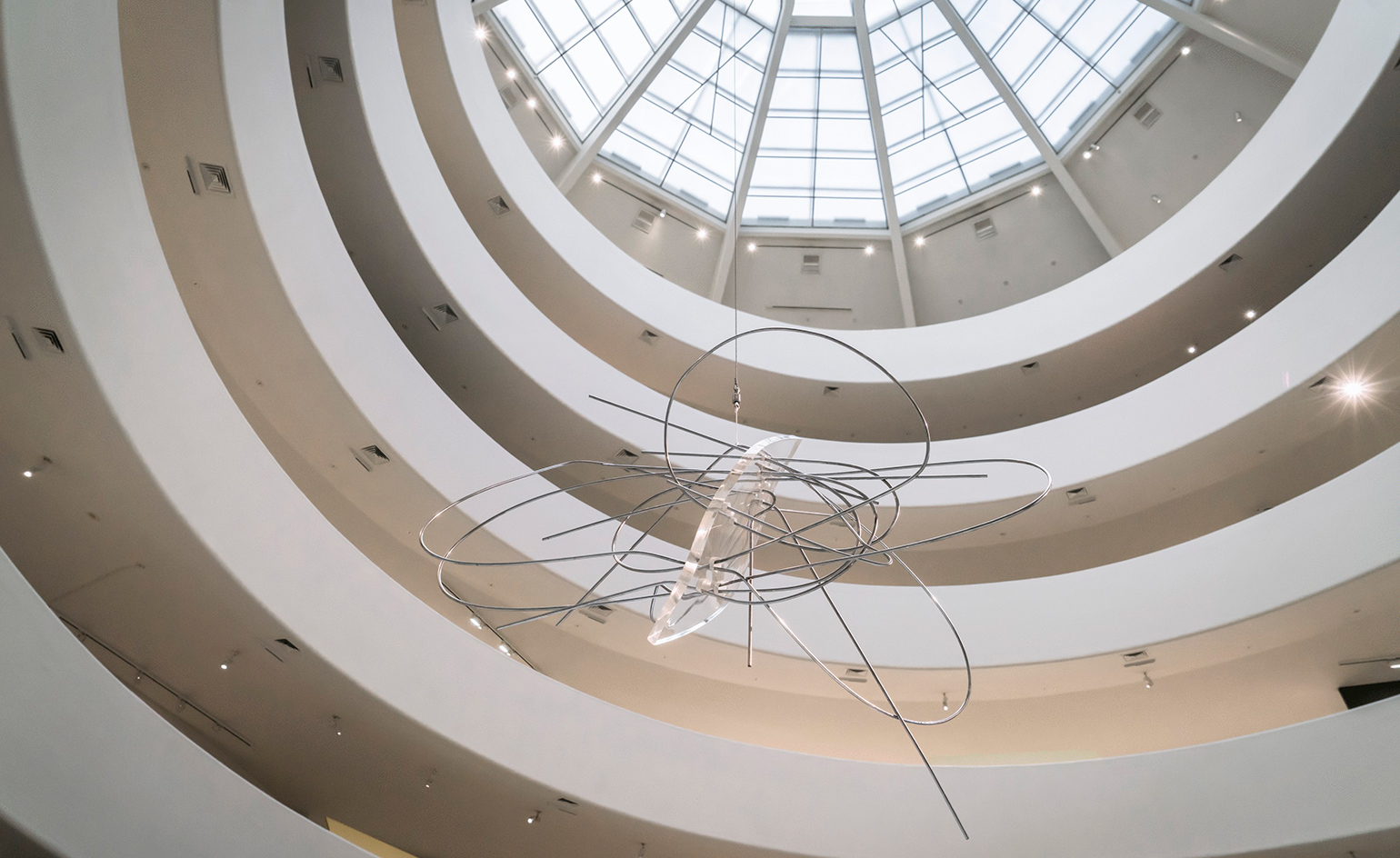
László Moholy-Nagy may be popularly remembered as the photogram man, but if the Guggenheim, Art Institute Chicago and LACMA have anything to do with it – and they do – Moholy-Nagy’s legacy is finally receiving an all-encompassing retrospective to match his totalised, wide-sweeping practice and impact on the arts.
Opening today and running at New York’s Guggenheim until 7 September is 'Future Present'. A co-curatorial effort from the three aforementioned institutions, which travels first to Chicago and then to Los Angeles, the show is the first comprehensive survey of Moholy-Nagy's practice to hit the United States in over 50 years, despite the fact that the modernist period he occupied has fallen back into both academic and popular favour in the last few decades.
Born in a small town in Hungary in 1895, Moholy-Nagy was the consummate modernist, complete with unfaltering utopianism. He was an artist, a writer, a teacher, an intellectual. While his career took him West, first to Budapest, then to Berlin (and Mitteleuropa), onto London and then the US (he settled in Chicago in 1928, where he sadly died young at 51, in 1946), along the way Moholy-Nagy picked up elements of contemporary intellectual discussions, folding them into his practice. Ultimately, he brought Bauhaus to America. Moholy-Nagy’s tutelage under school founder Walter Gropius between 1923–1928 is an oft-cited frame of reference, especially as he became the founding director of the Chicago Bauhaus, but this exhibition actually focuses on his progressive perspective of the modernising world through technology – particularly through his choice of materials.
The exhibition, organised chronologically, begins in the 1920s with Moholy-Nagy’s oil paintings, such as the gorgeous A II (Construction A II) from 1924, echoing the constructivist sentiment that he encountered in Berlin’s Der Sturm gallery; as well as the dadaists, whose playful constructions in collages seeped down into Moholy-Nagy’s photo collages. There, nestled into the Guggenheim’s rotunda, are his early 1920s experiments in laying over negatives to create images in motion, such as The Law of the Series, and Joseph and Potiphar’s Family, both 1925, that not only highlighted Moholy-Nagy’s developing artistic style but also his fascination with technology.
Much of this show portrays Moholy-Nagy’s embrace of new technological tools and techniques, in particular the aforementioned photograms which, while he didn’t necessarily invent, became a signature experimentation for the artist; he often used examples in the battle to legitimise photography-as-art.
But it’s in his paintings where the really subtle technological shifts occur, and his new canvases encrusted in enamel, trolit (Bakelite plastic), aluminium and Plexiglas elevate his architecturally inclined subjects, quite literally in most cases. Take, for example, his later series called 'Space Modulator', such as the 1939–45 version here, or B10 Space Modulator from 1942, where the imagery printed onto Plexiglas is propped up onto a board, thus creating colourful reflections, acting almost as a second painting – or in Moholy-Nagy’s estimation, a 'new vision', seeing the world with new eyes.
However, Moholy-Nagy’s favourite subject and material was light. And this exhibition reconstructs Moholy-Nagy’s 1930 device Light Prop, perhaps his apotheosis as an artist – a sculpture hybrid and quasi-cinematic projection device with which he made moving images that capture light in motion.
Moholy-Nagy was a believer that art served to liberate the individual. His utopianism trickled down not only in his dealings with artistic experimentation but in his pedagogical ideology. Art teaches enlightenment and social consciousness to everyday citizens – that and light were the constant sources of Moholy-Nagy’s ethos and oeuvre. The way he embraced but also wrestled with technology, finds meaning today – a looming takeaway from this otherwise utterly stylish, illuminating show.
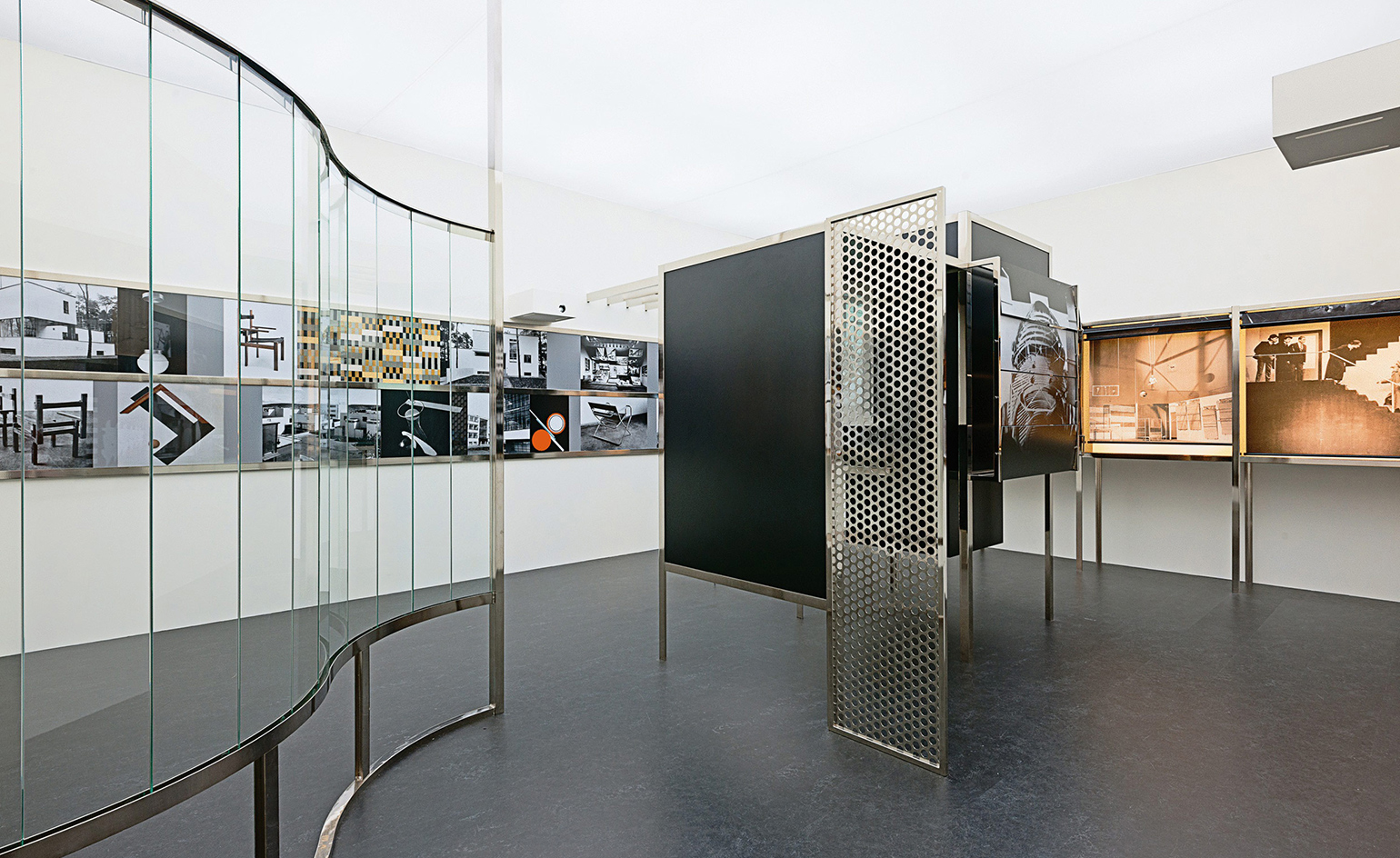
Moholy-Nagy was a believer that art served to liberate the individual. His utopianism trickled down not only in his dealings with artistic experimentation but in his pedagogical ideology. Pictured: Room of the Present (Raum der Gegenwart), 1935/2009. Copyright 2016 Hattula Moholy-Nagy/VG Bild-Kunst, Bonn/Artists Rights Society (ARS). Courtesy Art Resource
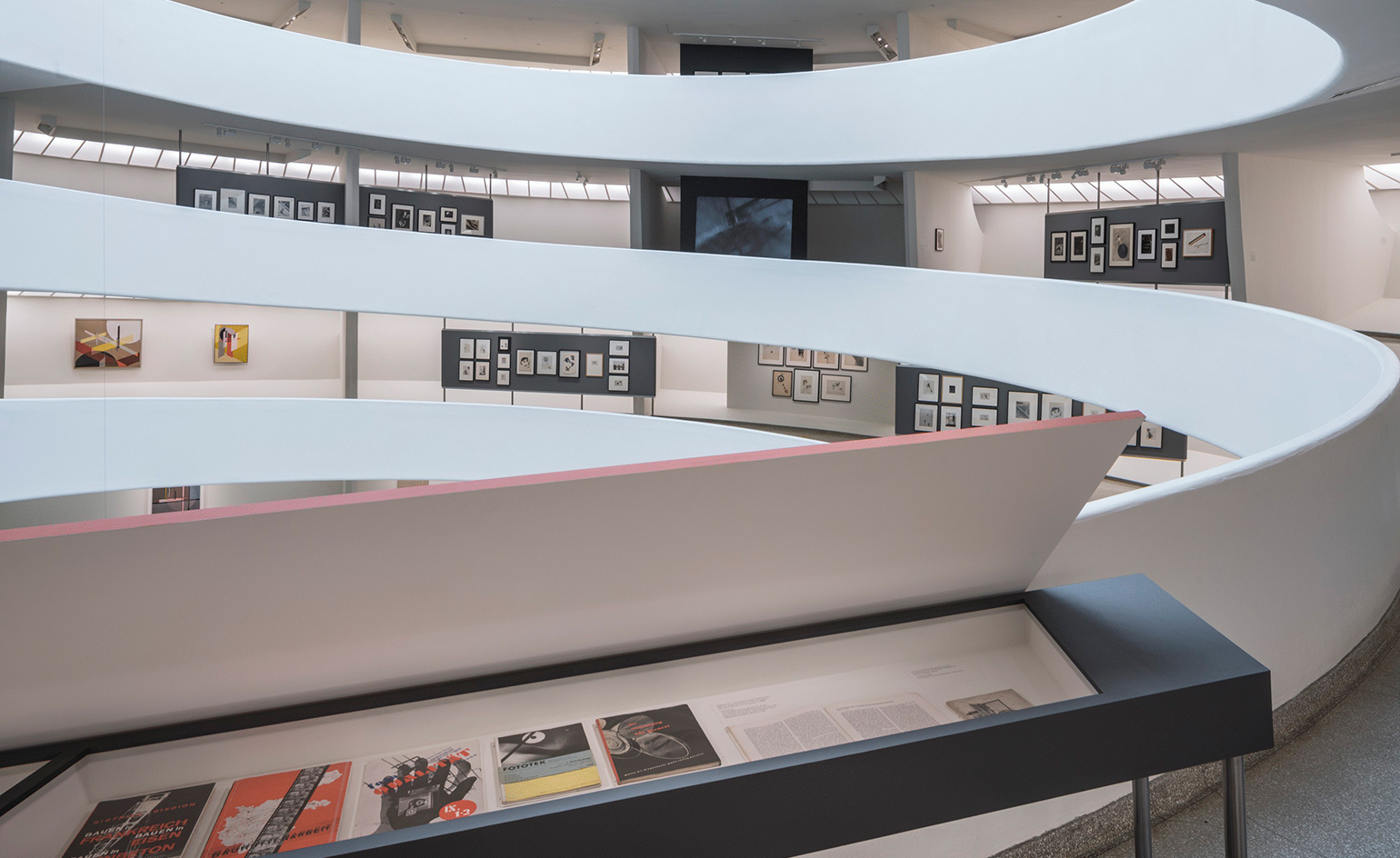
The exhibition begins in the 1920s with Moholy’s oil paintings, such as A II (Construction A II), 1924, which echoes the constructivist sentiment that he encountered in Berlin’s Der Sturm gallery. Courtesy Solomon R Guggenheim Foundation
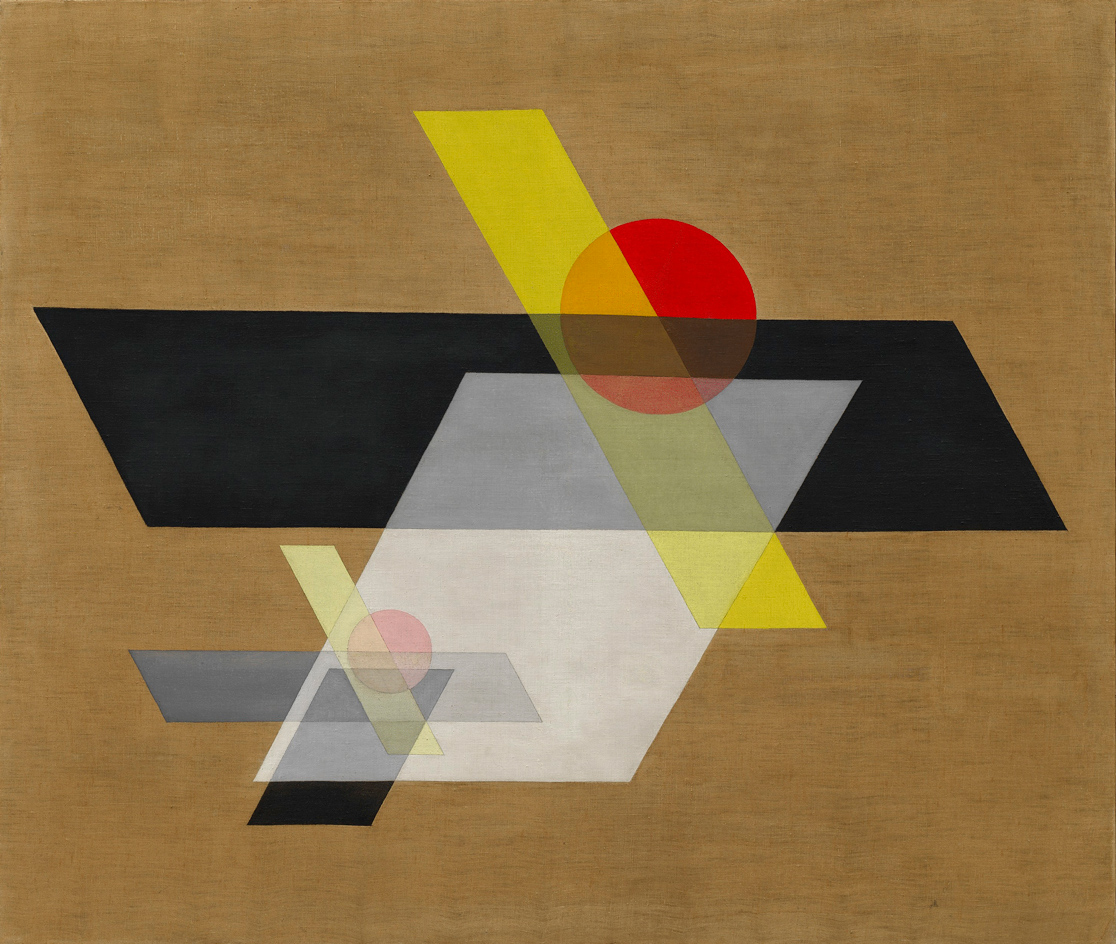
The exhibition includes more than 300 collages, drawings, films, paintings, photograms, photographs, photomontages and sculptures. Pictured: A II (Construction A II), 1924. Copyright 2016 Hattula Moholy-Nagy/VG Bild-Kunst, Bonn/Artists Rights Society (ARS)
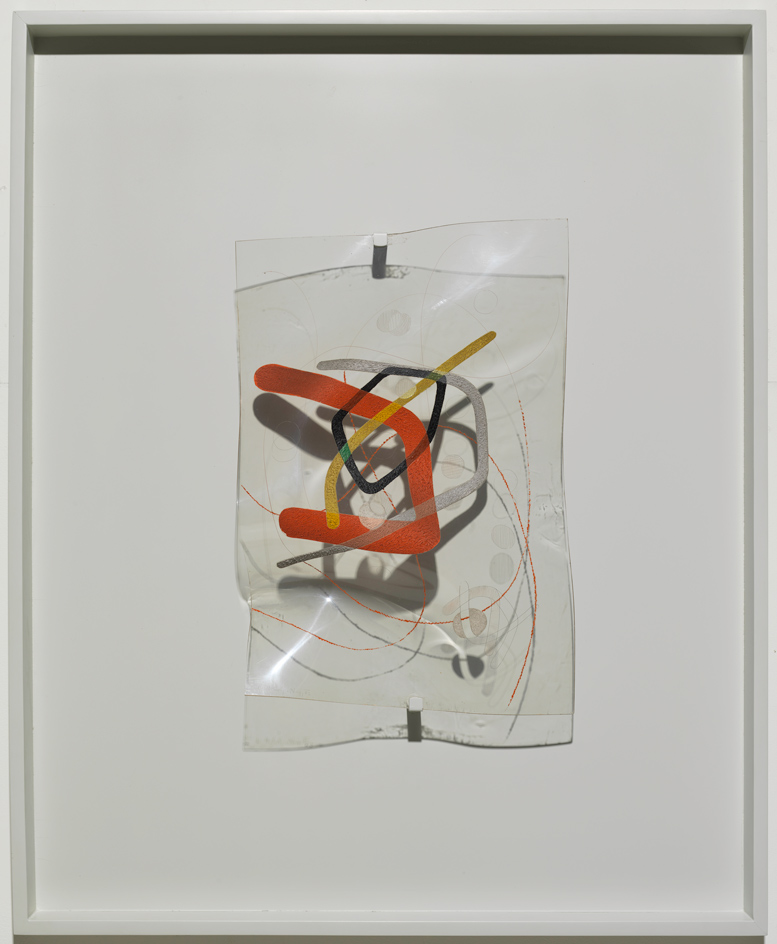
Also on display will be the 'Room of the Present', a contemporary fabrication of an exhibition space originally conceived by Moholy-Nagy in 1930. Pictured: B-10 Space Modulator, 1942. Copyright 2016 Hattula Moholy-Nagy/VG Bild-Kunst, Bonn/Artists Rights Society (ARS)

CH BEATA I, 1939. Copyright 2016 Hattula Moholy-Nagy/VG Bild-Kunst, Bonn/Artists Rights Society (ARS)
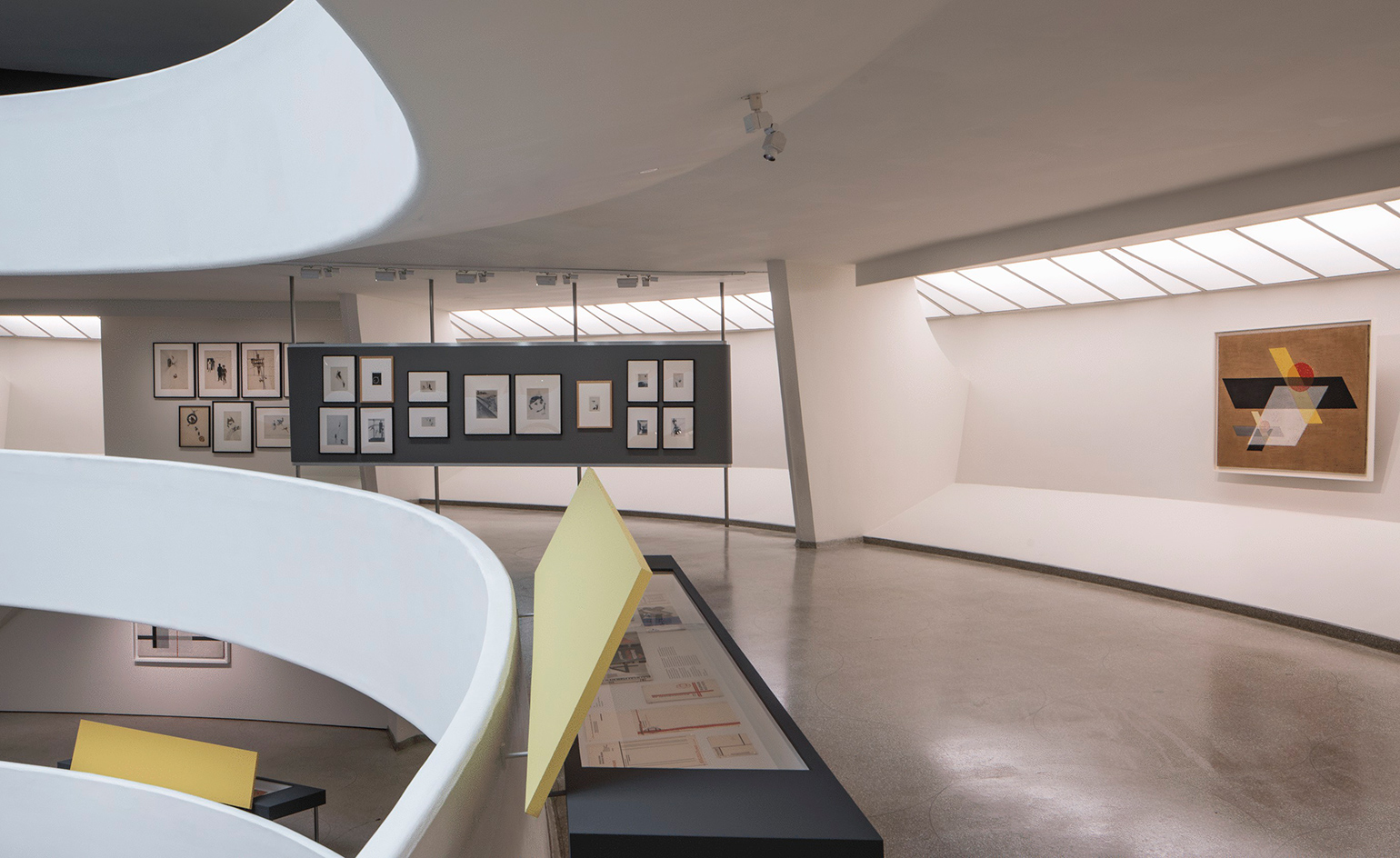
The way Moholy-Nagy embraced but also wrestled with technology, finds meaning today – a looming takeaway from this otherwise utterly stylish, illuminating show. Copyright Solomon R Guggenheim Foundation
INFORMATION
’Moholy-Nagy: Future Present’ is on view until 7 September. For more information, visit the Guggenheim’s website
ADDRESS
Guggenheim
1071 5th Avenue
New York, NY 10128
Receive our daily digest of inspiration, escapism and design stories from around the world direct to your inbox.
Julie Baumgardner is an arts and culture writer, editor and journalist who's spent nearly 15 years covering all aspects of art, design, culture and travel. Julie's work has appeared in publications including Bloomberg, Cultured, Financial Times, New York magazine, The New York Times, Wall Street Journal, as well as Wallpaper*. She has also been interviewed for The Atlanta Journal-Constitution, Miami Herald, Observer, Vox, USA Today, as well as worked on publications with Rizzoli press and spoken at art fairs and conferences in the US, Middle East and Asia. Find her @juliewithab or juliebaumgardnerwriter.com
-
 French bistro restaurant Maset channels the ease of the Mediterranean in London
French bistro restaurant Maset channels the ease of the Mediterranean in LondonThis Marylebone restaurant is shaped by the coastal flavours, materials and rhythms of southern France
-
 How ethical is Google Street View, asks Jon Rafman in Copenhagen
How ethical is Google Street View, asks Jon Rafman in CopenhagenIn 'Report a Concern - the Nine Eyes Archives' at Louisiana Museum of Art, Copenhagen, Jon Rafman considers technology's existential implications
-
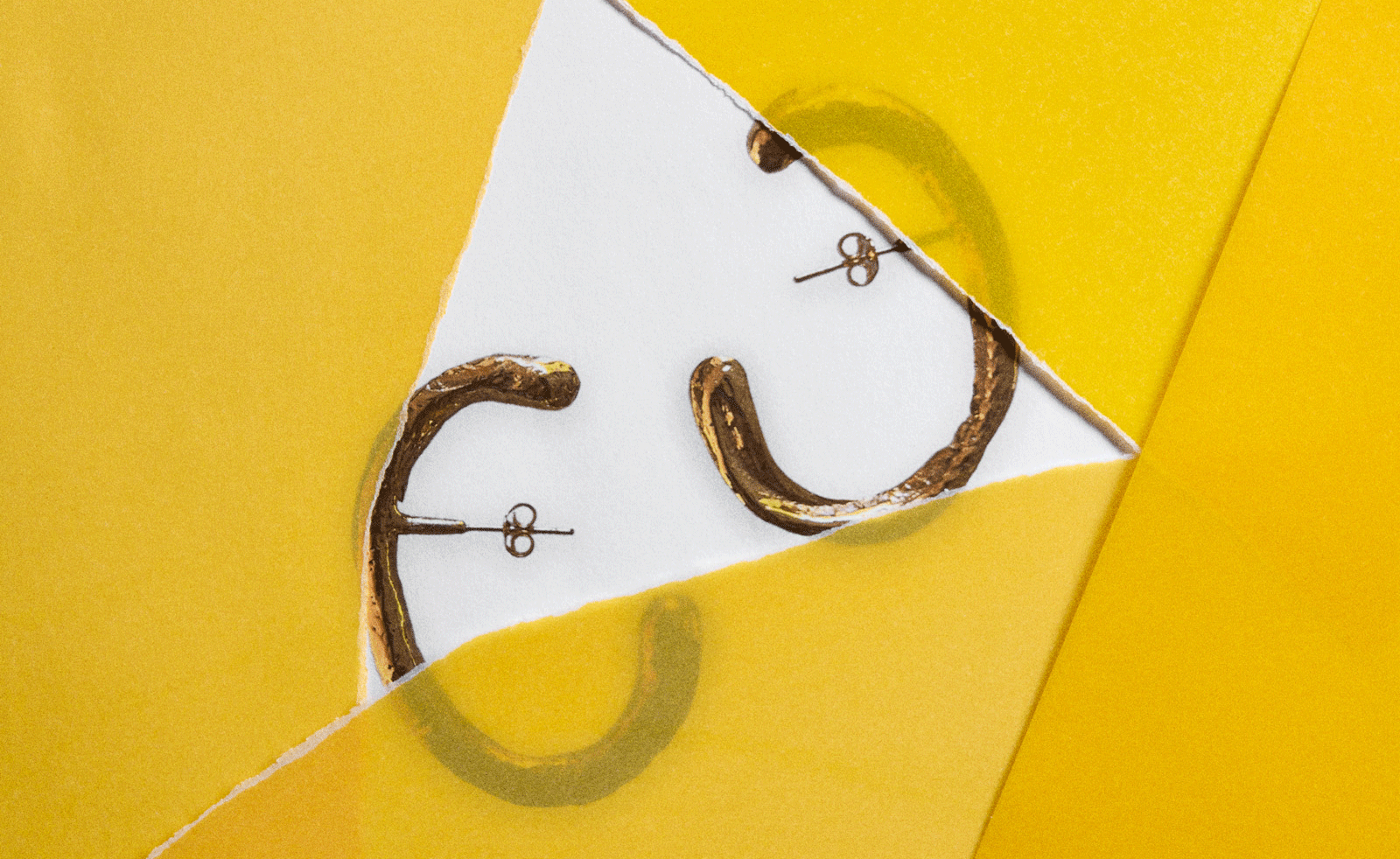 Next-generation jeweller Rosalie Carlier is one to watch
Next-generation jeweller Rosalie Carlier is one to watchThe young jewellery designer creates sensuous but bold pieces intended to ‘evoke emotion in the wearer’
-
 Nadia Lee Cohen distils a distant American memory into an unflinching new photo book
Nadia Lee Cohen distils a distant American memory into an unflinching new photo book‘Holy Ohio’ documents the British photographer and filmmaker’s personal journey as she reconnects with distant family and her earliest American memories
-
 Out of office: The Wallpaper* editors’ picks of the week
Out of office: The Wallpaper* editors’ picks of the weekIt’s been a week of escapism: daydreams of Ghana sparked by lively local projects, glimpses of Tokyo on nostalgic film rolls, and a charming foray into the heart of Christmas as the festive season kicks off in earnest
-
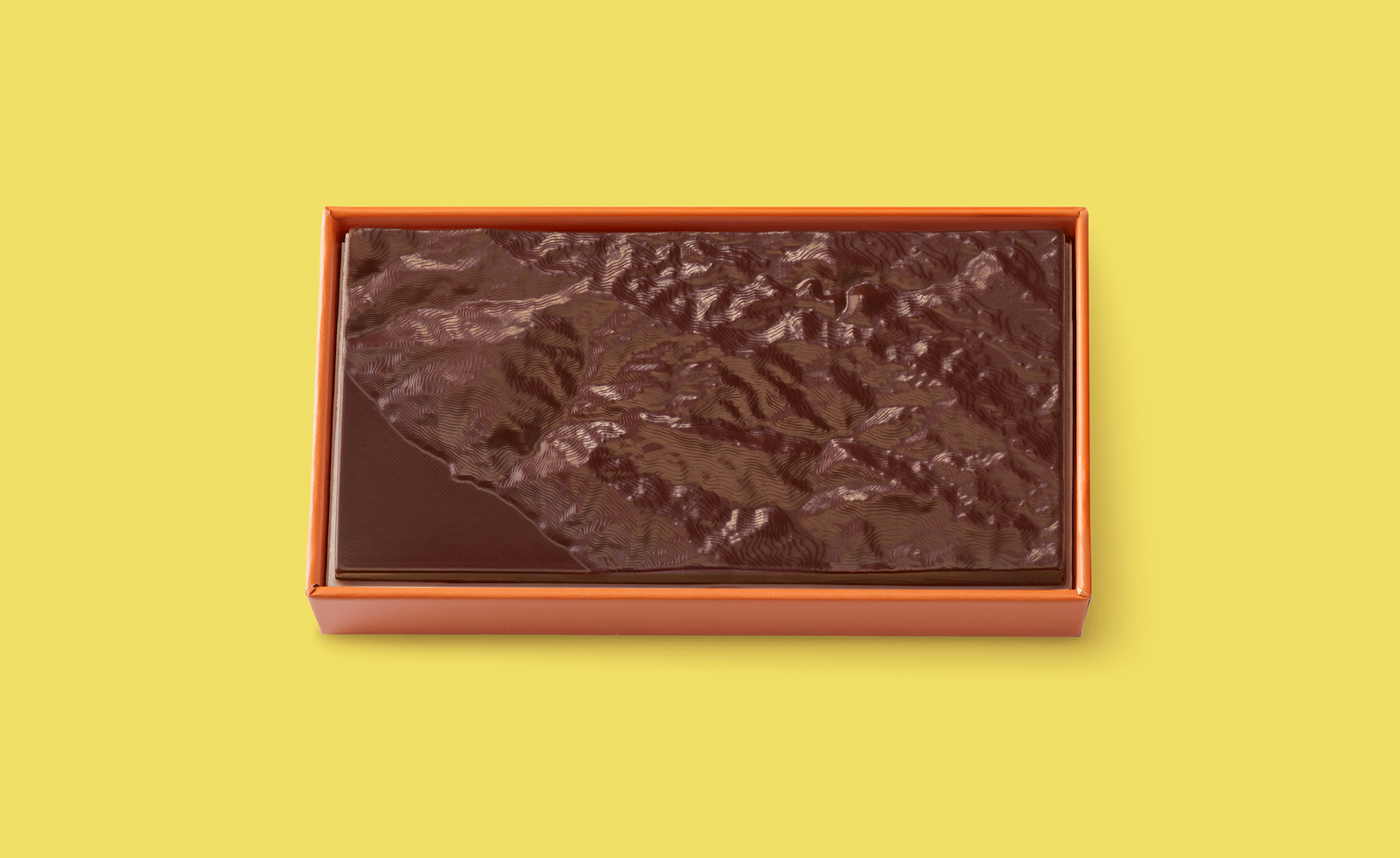 Ed Ruscha’s foray into chocolate is sweet, smart and very American
Ed Ruscha’s foray into chocolate is sweet, smart and very AmericanArt and chocolate combine deliciously in ‘Made in California’, a project from the artist with andSons Chocolatiers
-
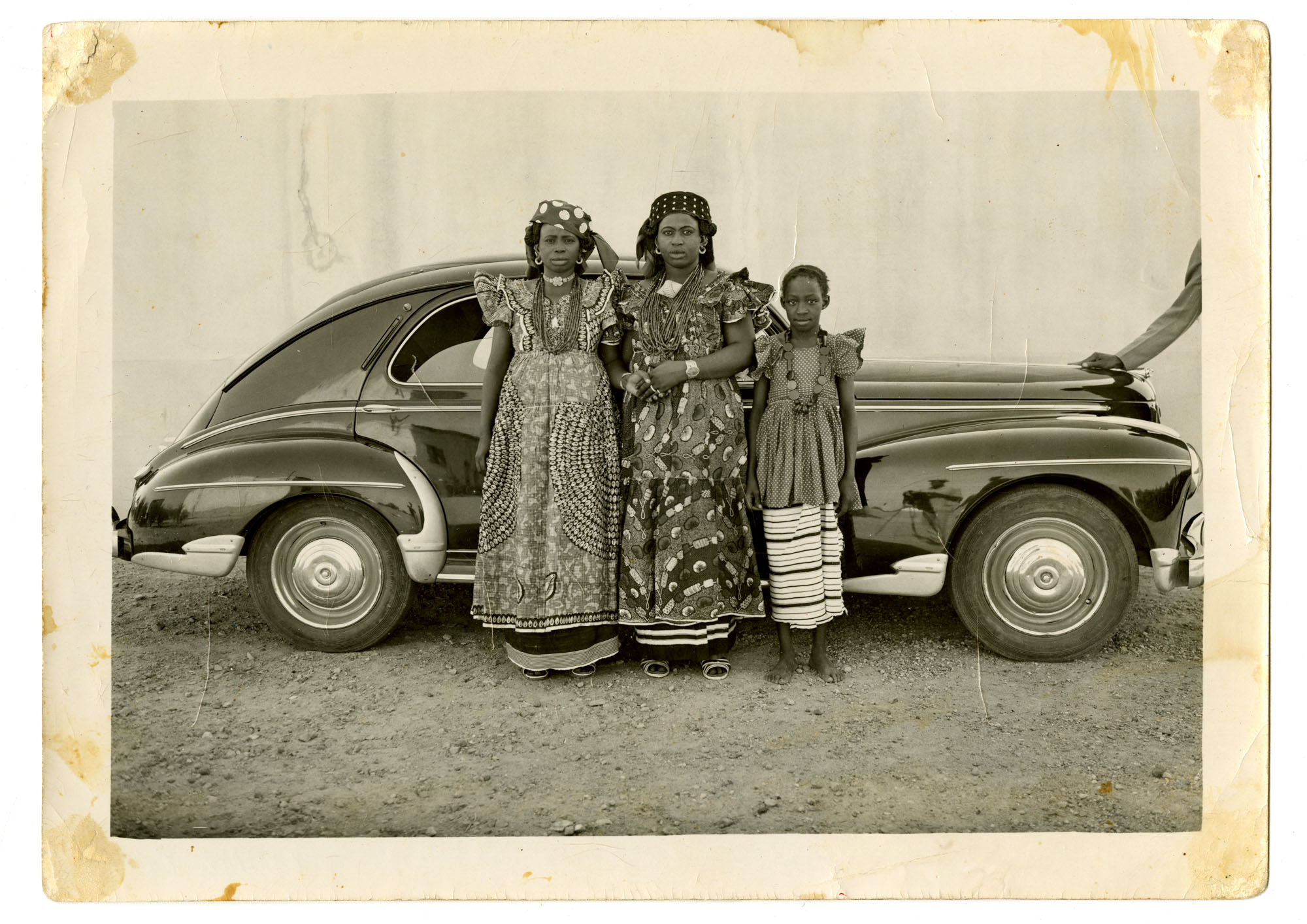 Inside the work of photographer Seydou Keïta, who captured portraits across West Africa
Inside the work of photographer Seydou Keïta, who captured portraits across West Africa‘Seydou Keïta: A Tactile Lens’, an exhibition at the Brooklyn Museum, New York, celebrates the 20th-century photographer
-
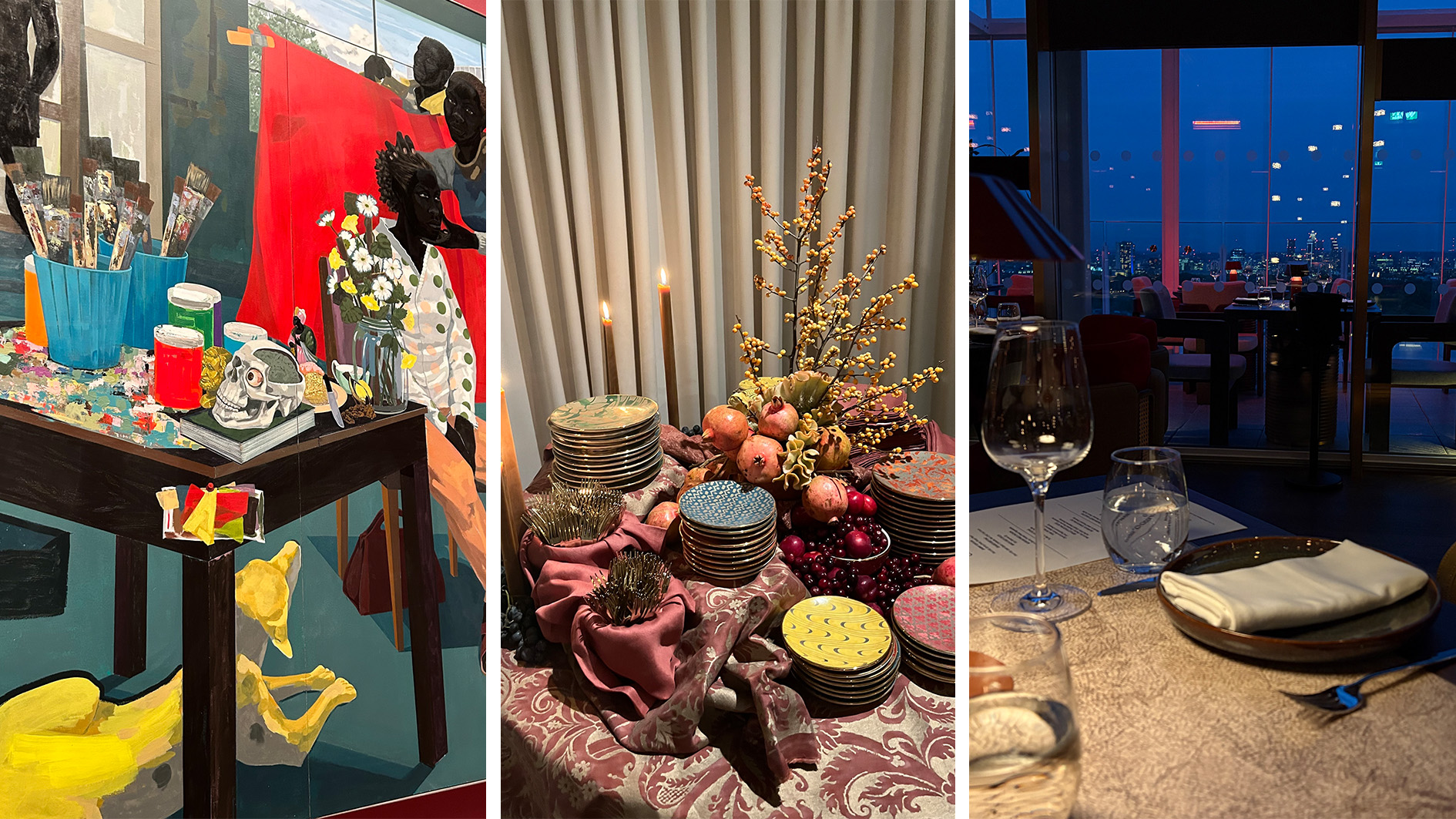 Out of office: The Wallpaper* editors’ picks of the week
Out of office: The Wallpaper* editors’ picks of the weekFrom sumo wrestling to Singaporean fare, medieval manuscripts to magnetic exhibitions, the Wallpaper* team have traversed the length and breadth of culture in the capital this week
-
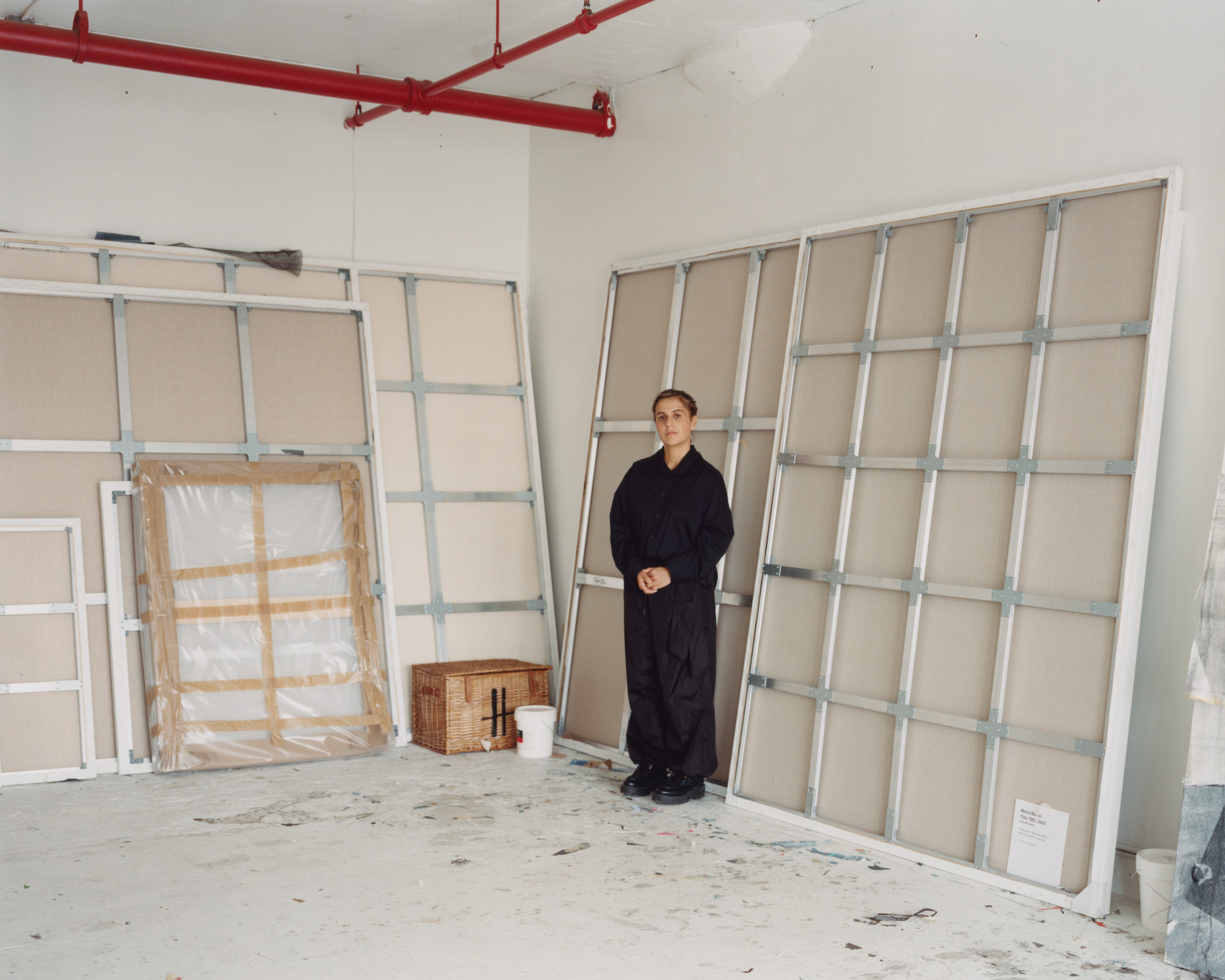 María Berrío creates fantastical worlds from Japanese-paper collages in New York
María Berrío creates fantastical worlds from Japanese-paper collages in New YorkNew York-based Colombian artist María Berrío explores a love of folklore and myth in delicate and colourful works on paper
-
 Out of office: the Wallpaper* editors’ picks of the week
Out of office: the Wallpaper* editors’ picks of the weekAs we approach Frieze, our editors have been trawling the capital's galleries. Elsewhere: a 'Wineglass' marathon, a must-see film, and a visit to a science museum
-
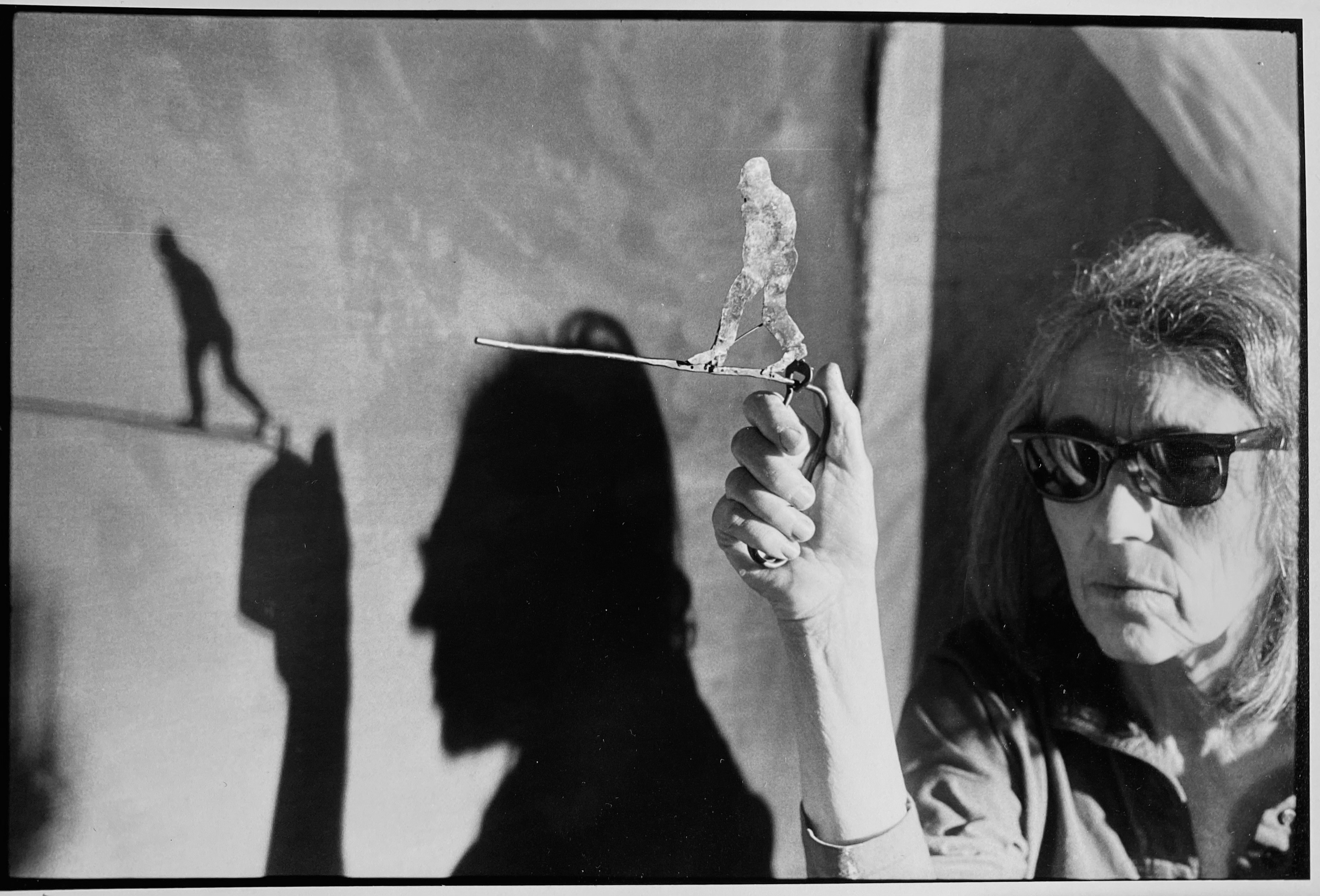 June Leaf’s New York survey captures a life in motion
June Leaf’s New York survey captures a life in motionJune Leaf made art in many forms for over seven decades, with an unstoppable energy and fierce appetite leading her to rationalise life in her own terms.